Cthulhu Thursday: Three Vital Things Cthulhu (and Lovecraft) Show Us About Biology (and Tentacles)
During Lovecraft’s lifetime he was relatively unknown and in non-geeky circles. Yet his fiction and the ideas it has spawned have grown much wider. His works tap into some of the deepest of human emotions and so has endured long after his mortal remains have turned to dust. To me, Lovecraft is kind of the Frank Zappa for the horror worlds, not as widely known as many of those he has influenced; Stephen King, Neil Gaiman, Alan Moore, Clive Barker, Mike Mignola, John Carpenter, Guillermo Del Toro and H.R. Giger to name a few. Ironically, nor is his name as well known as his creations; the slumbering octopoid god Cthulhu or the contemporary zombie hungry for human flesh and straining at dead sinew to get at us.
It was not only weird fiction that Lovecraft was fascinated by, he was hugely influenced by science too and was also a keen amateur scientist. He liked to work recent scientific discoveries into his fiction to give them added authenticity. Not only that but many of his stories heroes/anti-heroes are scientists seeking to tear the curtain of ignorance away from the universe only to madly scramble to repair it once the full nature of the uncaring cosmos was realised….
So with this mix of science and his works featuring many variations of flesh and protoplasm, ’tis time to show what Lovecraft and his creations such as Cthulhu, teach us about our own biology and the ecology of the world around us.
(Spoiler alert – I do reveal a few bits of plot for some of Lovecraft’s works so if you don’t want to know the score, look away now…)
What Evolution Really Means: That the Fate of All Species is to Die
It’s a bit depressing to know that more than 99.9% of all species that have ever existed on earth have also died out. Extinction is not an exception but is the norm; the Dodo has plenty of company. Thus the destiny of all life is ultimately extinction as throughout time different species rise to dominate the planet. This was not how we always saw the world. Before Darwin (and others) had the genius insights to realise what was really going on around us, we thought that all the creatures alive now had been alive since the world was created and always would. This ‘steady-state’ view of the world gives us a comforting sort of eternal playground of life.
What Darwin did was to point out that death, both of the individual and the species was the normal part of nature. This was and still is a major change to how we see ourselves and the world around us. Because for our very brief life-spans things don’t seem to change that much, it can be hard to appreciate just how much change does occur on a wider time-scale. We still sort of don’t fully get it. We talk of environmental protection to ‘save the planet’ when the planet will be fine either way. It’s our (and other living species’) ability to live on the planet that is under threat from our polluting ways. Hence political philosophers like John Gray argue that we’ve not yet full grasped the meaning of Darwin’s work; that humans too will one day die out. Cthulhu gets it too, as he lies there dreaming of the end of the age of mankind and his return to the surface; “Man rules now where They ruled once; They shall soon rule where man rules now. After summer is winter, and after winter summer.”
Lovecraft really understood this idea; a large slice of the monumental horror his works served up comes from the realisation that we are just another scrabbling species trying to scrape out a living in an uncaring universe. In Lovecraft’s novel, At the Mountains of Madness, a group of scientists stumble across the remains of a vast city, where, after further investigation they arrive at the shocking realisation that we are not alone in the universe and that we live in the shadow of much more powerful species;
“The sheer appalling antiquity and lethal desolation of the place were enough to overwhelm almost any sensitive person … the revelations all too soon effected by the terrible mural sculptures around us. The moment we came upon a perfect section of carving, where no ambiguity of interpretation could exist, it took only a brief study to give us the hideous truth – a truth which it would be naive to claim Danforth and I had not independently suspected before, though we had carefully refrained from even hinting it to each other. There could now be no further merciful doubt about the nature of the beings which had built and inhabited this monstrous dead city millions of years ago, when man’s ancestors were primitive archaic mammals, and vast dinosaurs roamed the tropical steppes of Europe and Asia.”
The novel’s heros go on to wonder that, if the all-powerful interstellar race who had built these cities, “when man himself could scarcely have been differentiated from the great apes…” had died out – then what had replaced them in the cosmic food chain? Lovecraft’s protagonists suggest that we are better off not knowing.
This tale and others is permeated with the doom of humanity. Gentle reader, sitting there reading as you are, via the wonders of human technology, it is all too easy to succumb to the notion that we are the peak of evolution and the rules that apply to all other species somehow won’t apply to us. Lovecraft clearly did not think so. Nor does NASA scientist professor Peter Ward, whose fascinating and scary 2009 book ‘The Medea Hypothesis‘ concludes that life tends to create the conditions to kill itself off; as one species alters its environment so it destroyed not the planet, but it’s ability to live on it and so clears the stage for the next evolutionary rise of a species. The scientist Elder Things, builders of the vast Cyclopean city in At the Mountains of Madness were the partial architects of their own destruction thanks to their manipulation of biology. In parallel, Ward’s ideas suggest that we too may also be the architects of our own doom thanks to the rapid climate change our technologies are creating.
Interestingly, in a joint tale by Lovecraft and R.H. Barlow, the warming planet witnesses the end of humanity to no pity nor fanfare;
“Not ever again would the planet know the thunderous tramping of human millions… The stars whirred on; the whole careless plan would continue for infinities unknown. This trivial end of a negligible episode mattered not to distant nebulae or to suns new-born, flourishing, and dying. The race of man, too puny and momentary to have a real function or purpose, was as if it had never existed. To such a conclusion the aeons of its farcically toilsome evolution had led.”
Is it any wonder that so many of Lovecraft’s characters and the religious fanatics of today seek to deny the absolute reality of evolution? For its truth is no cold comfort and the desire to un-see the nature of reality seem to march in step;
“It is absolutely necessary, for the peace and safety of mankind, that some of earth’s dark, dead corners and unplumbed depths be let alone; lest sleeping abnormalities wake to resurgent life, and blasphemously surviving nightmares squirm and splash out of their black lairs to newer and wider conquests.”
Yet like a wobbly tooth, we can’t leave it alone; “We might have known from the first that human curiosity is undying…” Come dear reader, let us proceed down into that dark cave to see what is creating those strange cries of Tekeli-li! I contacted Professor Ward – who it turns out is a fan of Lovecraft’s fiction and asked him about the death of the human species Loveraft predicts. Professor Ward’s reply was as chilling (and interesting) as the Mountains of Madness themselves;
“Long in the future, it will be the loss of Carbon Dioxide that dooms complex life. Then it WILL be the monsters of the dark corners – the Hydrogen sulfide producing, anoxic microbes – that will take over as plants die and then we animals die, choked as no more Oxygen comes from the greens. then the planet will need intelligence to save it. Will it be us or the AI that will come after us? One of my shocks this past fall was spending a week with Seth Shostek of SETI. In his talks he rather routinely announced that SETI was sure that anyone contacting us from space would be an AI. He sees all evolution finally getting there – natural selection will no longer make our brains bigger/better. But what I call ‘Economic Selection” will. We are the phase that builds intelligence.”
That Precisely What ‘Life’ Itself Actually is, is Not at All Clear
It sounds like the most obvious question of all; what is life? Well doh – its all around us! It should be easy to answer and yet it is not. We tend to define life from our own limited view; moving, eating, seeing and so on. Yet when we look deeper at the world around us with wider scale of reference that our own very limited experience, and life becomes a much more complex and scary affair. In one of Lovecraft’s best stories – The Color Out of Space – an alien entity arrives on earth. This is no humanoid alien, indeed it is not recognisable as a ‘living’ thing at all. In this extract we join a group of professors from the Miskatonic University as they try to pry a section of the meteorite away for examination:
“They had uncovered what seemed to be the side of a large coloured globule embedded in the substance. The colour, which resembled some of the bands in the meteor’s strange spectrum, was almost impossible to describe; and it was only by analogy that they called it colour at all. Its texture was glossy, and upon tapping it appeared to promise both brittleness and hollowness. One of the professors gave it a smart blow with a hammer, and it burst with a nervous little pop. It left behind a hollow spherical space about three inches across…”
Whatever was in that space was no form of life that makes sense to us, it seems so alien and yet it is clearly alive;
“…that riot of luminous amorphousness, that alien and undimensioned rainbow of cryptic poison from the well – seething, feeling, lapping, reaching, scintillating, straining, and malignly bubbling in its cosmic and unrecognizable chromaticism.“
So how does this drive us into thinking about the definition of life? It askes the question, ‘At what scale does a living organism cease to be alive?’ Again, this may sound an easy question: humans, cats, mice – yes, all living things. Algae? Yes. Bacteria? Yes. But bacterial viruses? Hmmm, we’re not so sure. In some respects it is hard to think so as they amount to little more than a strand of DNA or RNA wrapped in a protein coat and yet they interact with living things. Not unlike the entity from The Color Out of Space, they bequeath their own DNA ‘colour’ to their hosts, so re-defining that organism via their parasitism.
And as the Great Cthulhu lies sleeping seemingly dead and yet living in a life-cycle on a much slower time scale than we humans percieve – and he is not the only one! Crocodiles have, from an evolutionary perspective, changed very little for millions of years. They operate on cold-blooded biological scales that may seem positively alien to us; for example they only need to eat once every few months, allowing them the ability to slumber in the water, seeming inert for vast amounts of time, waiting until the conditions are right to hunt once more. This adaptation allowed them to thrive when climatic catastrophes had wiped almost all mammals out.
It is not just the boundary of life by organism that Lovecraft explores, but the boundaries of life and death itself. In the classic Herbert West: Reanimator, on which we drew heavily from for Call of Cthulhu: The Wasted Land we encounter a manic rogue doctor who seems able to bring the dead back to life thanks to his horrific serum. At the time of its writing in 1921, the expectation must have been that when the heart stops, so does life. Yet we now know that is not the case. Advances in medical technology now common place mean we can sometimes reanimate the heart with electric shocks and so revive what was once considered dead;
“Holding with Haeckel that all life is a chemical and physical process, and that the so-called “soul” is a myth, my friend believed that artificial reanimation of the dead can depend only on the condition of the tissues; and that unless actual decomposition has set in, a corpse fully equipped with organs may with suitable measures be set going again in the peculiar fashion known as life.”
Our Senses Are but a Fraction of the Whole
Our human-centric view of the world tends to assume that how we see the world is how the world is, and yet it is not. Evolution has shaped our senses just as it has shaped the senses of all living things. Evolution means a tendency to not waste precious energy growing and operating senses that are only of marginal benefit. So we see the world though a limited palette of colours, sounds and sensations and assume that is it. In From Beyond, another maverick genius (aren’t they always!) experimented with the boundaries, this time of our senses. The inventor, Crawford Tillinghast, has invented a machine that enhances our sensory input;
“He now seated me near the machine, so that it was on my right, and turned a switch somewhere below the crowning cluster of glass bulbs. The usual sputtering began, turned to a whine, and terminated in a drone so soft as to suggest a return to silence. Meanwhile the luminosity increased, waned again, then assumed a pale, outrè colour or blend of colours which I could neither place nor describe. Tillinghast had been watching me, and noted my puzzled expression.”
“Do you know what that is?” he whispered, “That is ultra-violet.” He chuckled oddly at my surprise. “You thought ultra-violet was invisible, and so it is – but you can see that and many other invisible things now.
“Listen to me! The waves from that thing are waking a thousand sleeping senses in us; senses which we inherit from aeons of evolution from the state of detached electrons to the state of organic humanity. I have seen the truth, and I intend to show it to you….”
There are more worlds that we can see. Look at a flower in ultraviolet and you will see patterns not discernible to the human eye. That is because flowers are not for our enjoyment, but are billboard and landing strips for pollinators such as insects and it is for them that the patterns exist. It does not end there, evolution has shaped the senses of all living things: dogs can hear sounds we can’t; cats can’t taste sweetness, as carnivores they have lost the need for it; birds can sense the magnetic striations of the planet; sharks can ‘see’ the tiny electromagnetic pulses given off by movement.

Mimulus nectar guide – Flower normal and in ultraviolet (wikipedia)
Within Lovecraft’s work the formless Color Out of Space represents a wholly alien (to us) form of life that, for all we know, infests the universe like cosmic bacteria. To me it has analogies of Anton van Leeuwenhoek, who peered into one of the earliest microscopes, staring into a drop of pond water and perhaps expecting to see just water and yet finding it teaming with lifeforms beyond his wildest understandings. What his research showed is that water is only clear because our unaided eyes lack the granularity to see inside it.
Even solid matter is nothing of the sort, but mainly empty space occupied by minuscule clouds of protons, electrons and neutrons. Our senses have evolved to navigate this world by seeing matter as ‘solid’, whereas science seeks to peer beyond the apparently physical. A picture that Tillinghast’s invention also reveals;
“…but of all the space unoccupied by familiar objects not one particle was vacant. Indescribable shapes both alive and otherwise were mixed in disgusting disarray, and close to every known thing were whole worlds of alien, unknown entities. It likewise seemed that all the known things entered into the composition of other unknown things and vice versa. Foremost among the living objects were inky, jellyfish monstrosities which flabbily quivered in harmony with the vibrations from the machine. They were present in loathsome profusion, and I saw to my horror that they overlapped; that they were semi-fluid and capable of passing through one another and through what we know as solids.”
(Cthulhu Thursday is a dose of Mythos to brighten darken your week. More on the idea can be found here and a list of posts thus far, here. Also some upcoming Cthulhu news, sign up to the Auroch Digital’s newsletter. Enjoy!)
Trackbacks
- Cthulhu Thursday: Updated Top 5 Mythos/Lovecraft Media & Medium List! « A Great Becoming…
- Two More Reviews of The Wasted Land |
- Press Release ‘Call of Cthulhu: The Wasted Land’ – Free Today Only (30th) #thewastedland |
- ‘Call of Cthulhu: The Wasted Land’ Free for Today! | PocketFullOfApps
- Lovecraft’s 122nd Birthday is Today, Tis a Panegyric Day | DiGRA UK
- Biology, Cthulhu style! – alisfranklin.com
- Review – Color Out Of Space film @colorspacemovie – it is very good and now im my top Lovecraft media list! | A Great Becoming...
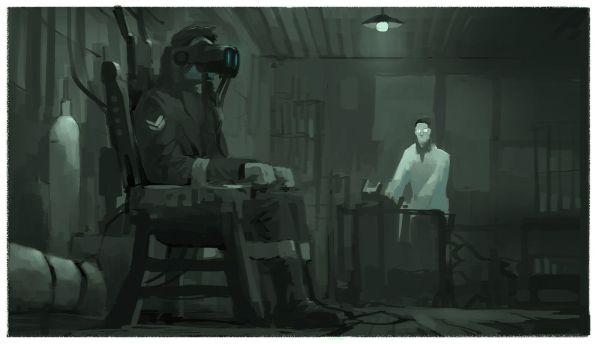
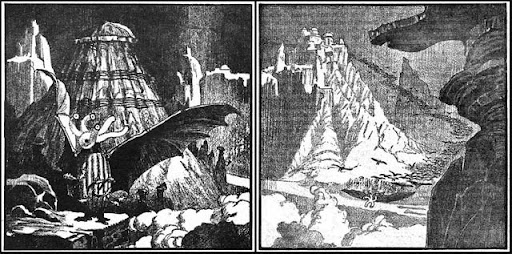
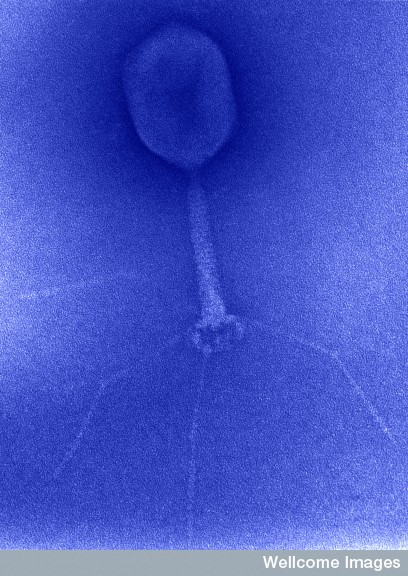
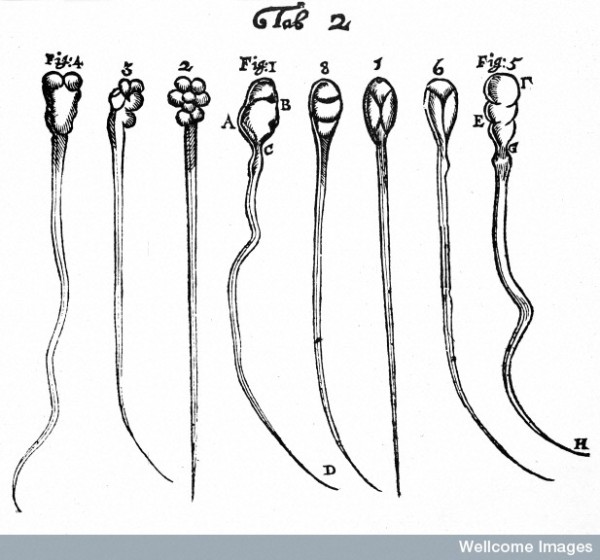
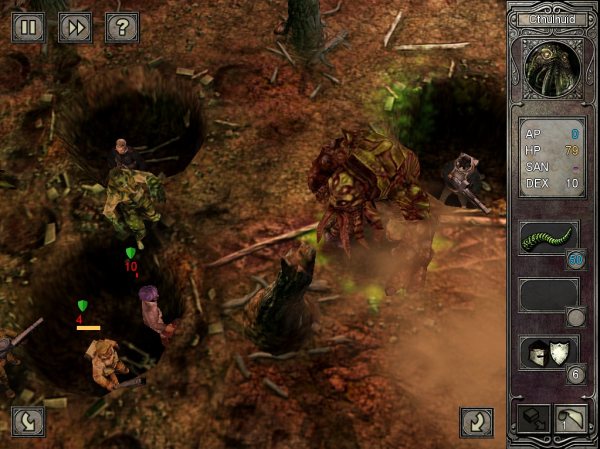
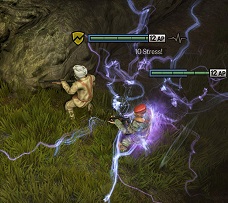




Great job! I really liked this interwoven assembly of reality and the fantastic. And the fact that the transition between the two is always so nebulous.
Thanks Peter!
Tomas, what story are you referring to here: “Interestingly, in a joint tale by Lovecraft and R.H. Barlow, the warming planet witnesses the end of humanity to no pity nor fanfare”
Great essay!
Thanks. The story in questions is ‘Till all the Seas. http://www.hplovecraft.com/writings/fiction/tas.asp
I’ve added it as a link to the essay.
thanks!
Here is another thing which Lovecraft saw, which no one else did: the rapid approach of a time when a small cabal of people would have the power to destroy the human race. This is what many of the Cthulhu mythos stories were about. It became militarily possible within a decade of Lovecraft’s death, and now is becoming politically possible too, with our ability to deal with threats like global warming or drug-resistant bacteria frustrated over and over again by a minuscule number of very powerful, greed maddened people.